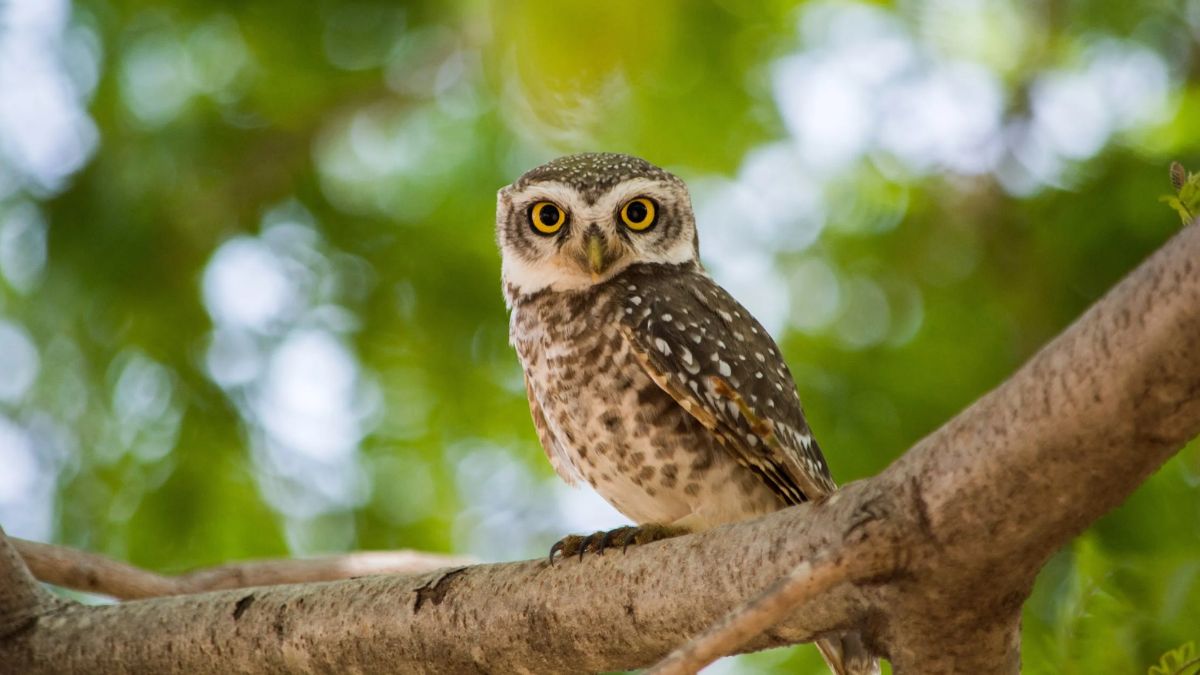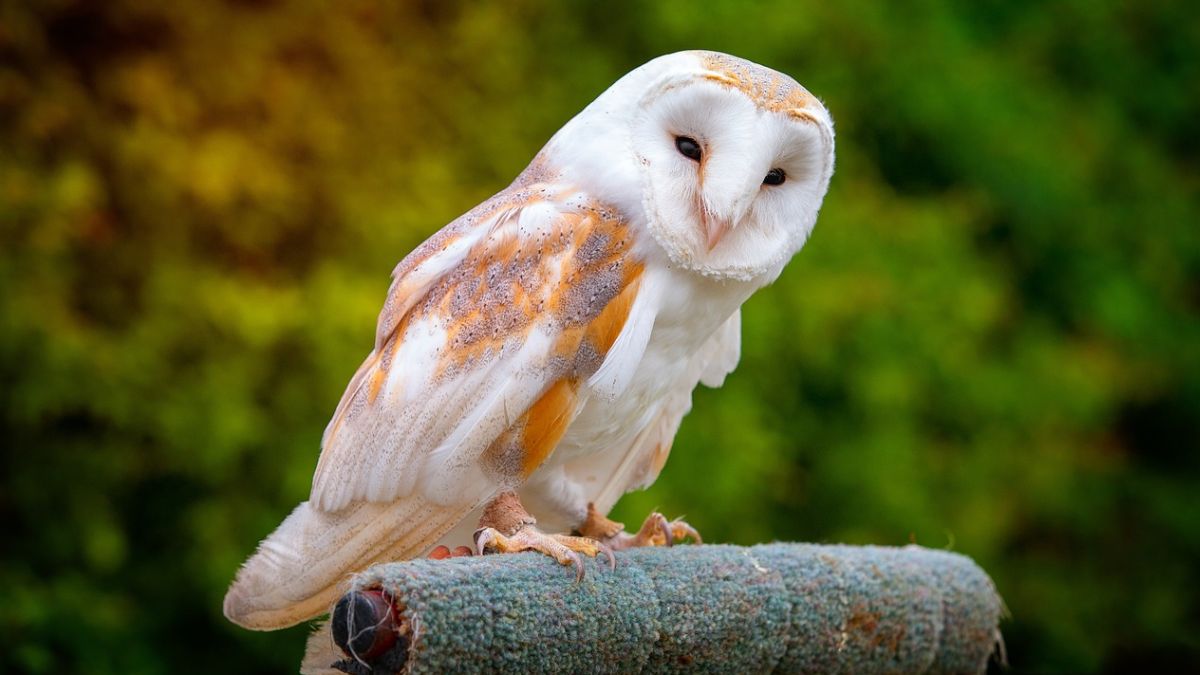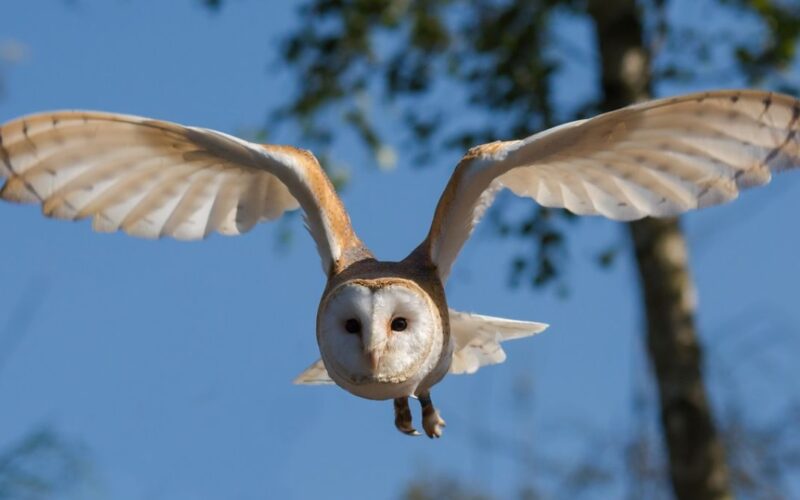Owls, with their wise eyes and silent flight, have captivated humanity for centuries. These feathered predators of the night hold many secrets and adaptations that make them truly unique creatures. Let’s delve into 10 fascinating facts about owls that will leave you hooting with amazement!
Masters of the Night
As nocturnal birds, owls have evolved amazing adaptations to thrive in the darkness. Their large, forward-facing eyes, composed of millions of light-sensitive cells, grant them exceptional night vision, even in minimal light. Unlike humans, owls lack eyeballs and instead have fixed tubes within their sockets. To compensate, they can rotate their heads up to 270 degrees, offering an almost panoramic view of their surroundings.
Silent Assassins
Unlike most birds, owl feathers have a special velvety texture that muffles sound during flight. This allows them to approach their prey undetected, making them silent assassins of the night. Combined with their keen hearing, which can pinpoint even the faintest rustle, owls are experts at hunting in the dark.

Talons for the Taking
Sharp, curved talons equip owls for capturing and subduing their prey. These powerful tools, along with their hooked beaks, ensure a swift and efficient kill. Depending on the owl species, their diet can range from insects and rodents to fish and even small mammals.
Masters of Camouflage
Blending seamlessly into their environment is key for owl survival. Their plumage often displays intricate patterns and colors that match the bark of trees, leaves, or rocks, providing excellent camouflage from both predators and prey. This ability further enhances their hunting prowess.
Pellets
A Feathery Mystery: After swallowing their prey whole, owls cannot digest bones, fur, and feathers. Instead, they compact these indigestible remains into small, oval-shaped pellets that they regurgitate. These pellets offer valuable insights into an owl’s diet and can be used by scientists to study their habitat and ecosystem.

A Parliament of Wisdom
A gathering of owls is not called a flock, but a parliament. This poetic term reflects the respect and awe often associated with these intelligent birds. Throughout history, owls have been symbols of wisdom, knowledge, and even magic, further adding to their mystique.
A Diverse Family
With over 200 species worldwide, owls exhibit remarkable diversity in size, behavior, and habitat. From the tiny Elf Owl weighing less than an ounce to the majestic Blakiston’s Fish Owl with a wingspan reaching 6 feet, these birds have adapted to thrive in diverse environments, from frozen Arctic tundras to dense tropical rainforests.
Beyond Hoots
Contrary to popular belief, not all owls hoot! Their vocalizations vary greatly depending on the species. Barn owls hiss, Eastern Screech-owls whinny like horses, and Saw-whet Owls sound like their namesake, sharpening a saw. These unique calls serve various purposes, including communication, territorial defense, and attracting mates.

Facing Threats
Sadly, numerous owl species face various threats, including habitat loss, pesticide poisoning, and collisions with power lines. Conservation efforts are crucial to protect these magnificent birds and ensure their continued presence in our diverse ecosystems.
A Symbol of Wonder
Owls continue to inspire awe and curiosity in people of all ages. Their unique adaptations, mysterious nature, and intelligence make them truly remarkable creatures. By understanding and appreciating these fascinating birds, we can work towards ensuring their survival and celebrating their vital role in our natural world.










